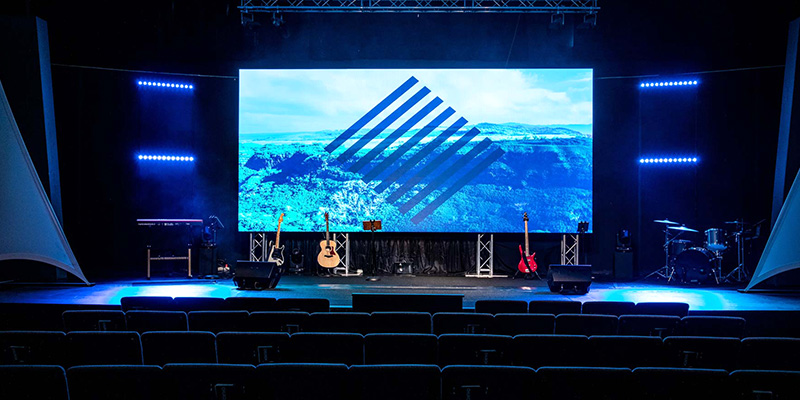Perfecting Color Precision in Light Emitting Diode Display Adjustment for Stunning Visual Displays
Perfecting Color Precision in Light Emitting Diode Display Adjustment for Stunning Visual Displays
Blog Article
Hue accuracy is essential for creating stunning visual displays, especially when employing LED screens. These massive screens are commonly found in places like music venues, sports arenas, and advertising billboards. When the colors on an LED wall are not correct, the visuals can look flat or warped, which can impact the total impression for audiences. Therefore, perfecting color accuracy in LED wall calibration is crucial for achieving lively and true-to-life visuals.
The first step in guaranteeing color accuracy is understanding how LED technology works. LEDs, or light-producing diodes, generate light in multiple shades by mixing red, green, and blue (RGB) light. Each dot on an LED screen consists of these three colors. When tuned properly, the combination of RGB can produce a wide range of hues. However, if one hue is too intense or too faint, it can throw off the whole display. This is why calibration is necessary to balance the colors and reach the desired graphic result.
Tuning entails adjusting the configurations of the LED wall to make sure that the hues shown match the initial material as closely as feasible. This procedure typically includes using specific software and hardware tools. Technicians frequently use color measurement devices, such as color meters, to examine the colors being shown. By comparing the measured colors to benchmark color values, they can make exact modifications. This ensures that the colors are not only vibrant but also uniform across the whole screen.
Another crucial aspect of color precision is comprehending the environment in which the LED wall is employed. Factors such as ambient light can considerably impact how hues appear. For instance, a well-lit illuminated room may wash out colors, making them look not as vibrant. To counteract this, technicians may adjust the luminosity and contrast configurations of the LED wall. Additionally, they may select specific color settings that are better appropriate for different lighting conditions. This flexibility helps maintain color accuracy irrespective of the observing environment.
Ultimately, routine upkeep and recalibration are crucial for maintaining an LED screen looking its finest. Over time, the performance of LEDs can change due to elements like degradation and heat fluctuations. Regular checks and modifications can help ensure that the colors stay accurate and vibrant. By investing time in proper calibration and maintenance, venues can offer viewers with stunning graphic presentations that enhance their total impression. Mastering color precision in LED screen calibration is not check just a technical task; it is an expertise that adds to the wonder of visual narration.